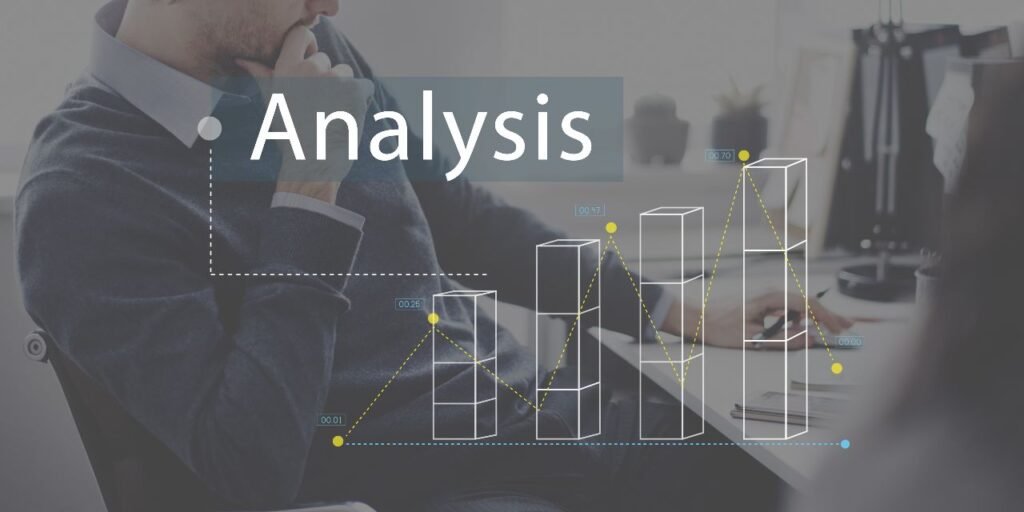Data analysis is an integral part of modern-day decision-making processes. With the abundance of data available to businesses and organizations, it is essential to analyze it efficiently and effectively to gain insights that can help drive growth and success. Now, what are the steps required for data analysis in 2023? Data analysis can be complex, requiring specific measures to ensure accuracy and reliability. This blog will examine the six essential steps needed for data analysis in 2023.
Six essential steps required for data analysis in 2023

Define the problem and goals: Before starting the data analysis process, it is crucial to define the problem you are trying to solve and set clear goals for what you want to achieve. Defining goals and concerns is typically the first step based on the question of what are the steps in the data analysis process. This step will help you determine the type of data you need to collect and analyze and the methods you will use to explore it. You can use brainstorming, mind mapping, and stakeholder interviews to define the problem and set clear goals.

Collect and prepare the data: The next step in data analysis is to collect and organize the data. Data can be collected from various sources, such as surveys, customer feedback, sales data, and social media analytics. Once you have collected the data, it is essential to clean and organize it to ensure its accuracy and reliability. The collection and preparation of data are typically known for data processing in data analytics. You can use data cleaning and visualization software to prepare the data.

the data: After collecting and preparing the data, the next step is to analyze it. You can use several methods or data analysis processes in research to analyze the data, including descriptive statistics, inferential statistics, and machine learning. Descriptive statistics are used to summarize and describe the data, inferential statistics are used to make predictions based on the data, and machine learning is used to find patterns in the data. You can analyze the data using software tools such as SPSS, SAS, and R.
Interpret the results: Once you have examined the data, the next step is interpreting the results. This step involves identifying patterns and trends in the data and drawing conclusions based on the results. Interpreting the result is the fourth process which shows the answer to what are the steps required for data analysis. It is essential to communicate the results clearly and effectively to stakeholders, so they can understand the insights and make informed decisions based on them.
To sum up
In conclusion, data analysis is a critical component of decision-making processes in businesses and organizations. Following what are the steps required for data analysis with the six steps outlined in this blog ensures that your data analysis process is efficient, accurate, and reliable.
Defining the problem and setting clear goals, collecting and preparing the data, analyzing the data, interpreting the results, taking action based on insights, and evaluating the process are all critical steps in data analysis. By taking these steps, you can gain insights that can help drive growth and success in your business or organization.








My enthusiasm for your creations is as high as my own. The painting you’ve presented is attractive, and the writing you’ve created is of a high caliber. Nevertheless, you appear distrustful of the prospect of embarking on a project that may be seen as suspicious. I know you’ll be able to deal with this issue in a timely manner.
You’ve presented a hard to understand topic in a clear and engaging way. Bravo!
The dedication to high quality content is evident and incredibly appealing. It’s hard not to admire someone who cares so much.